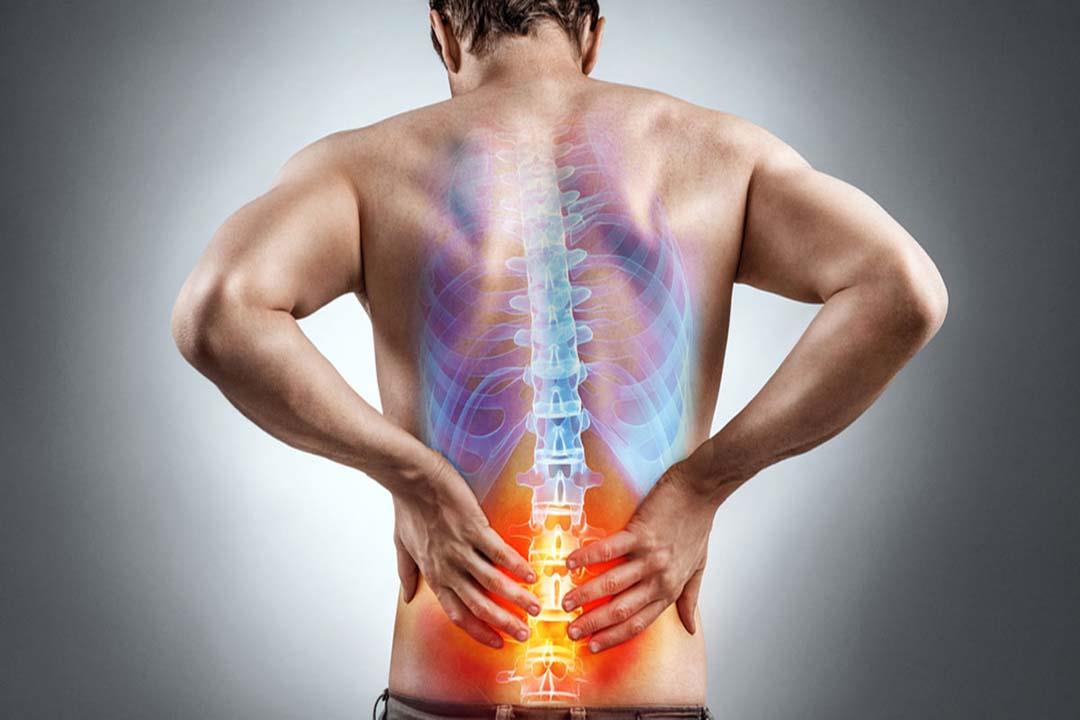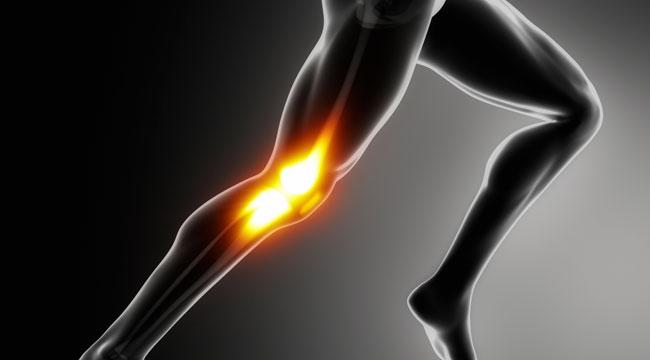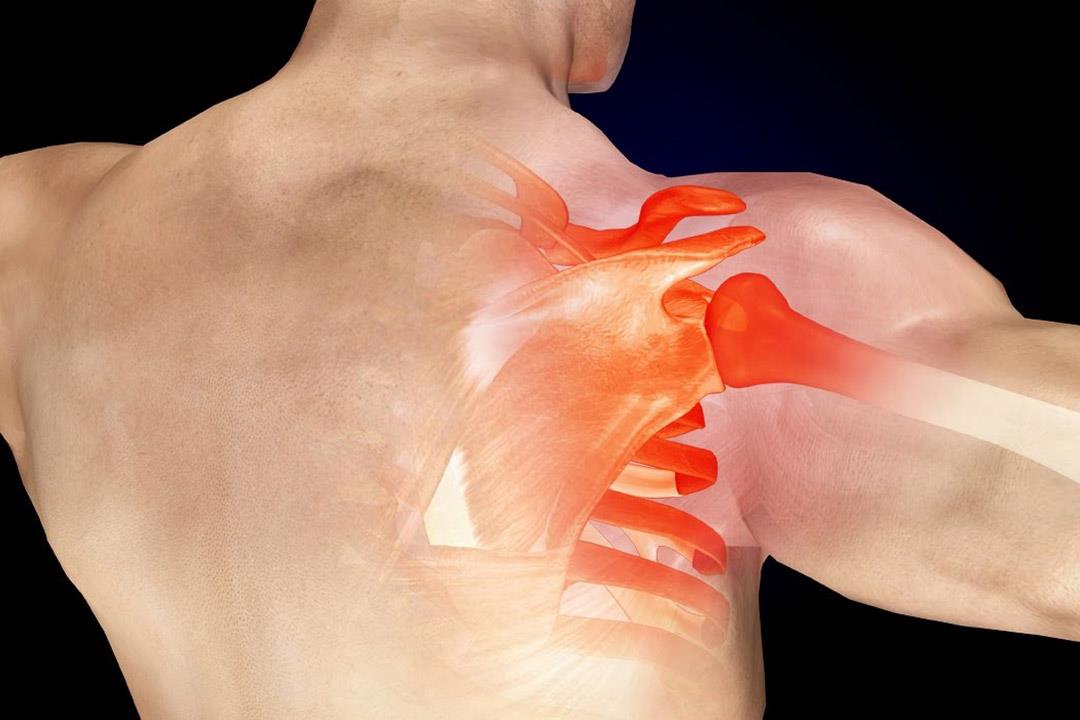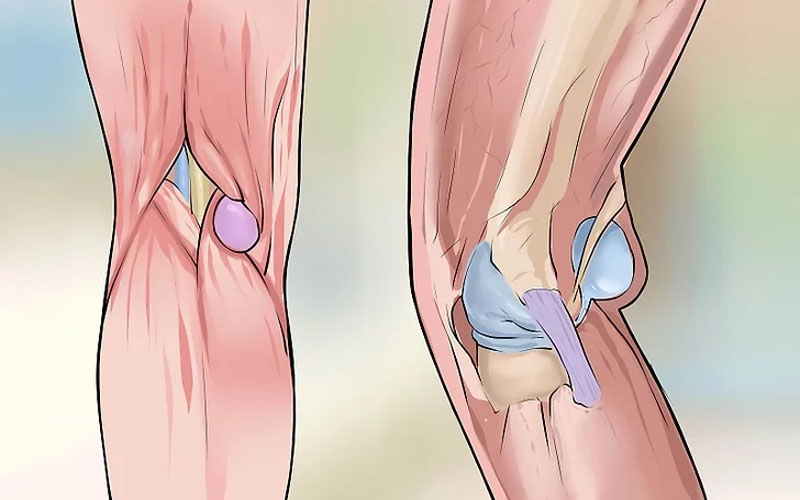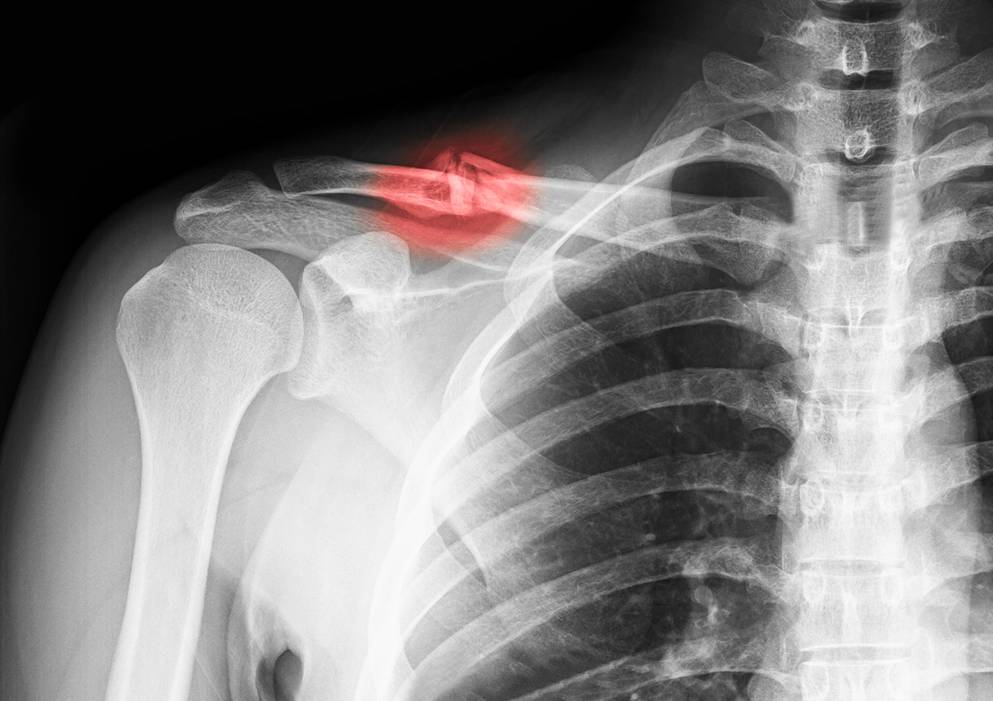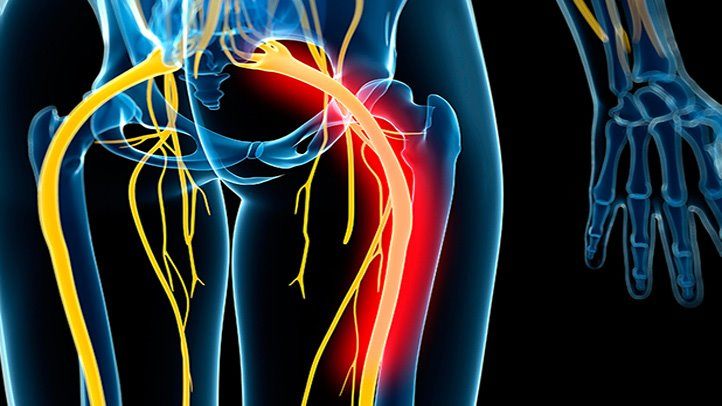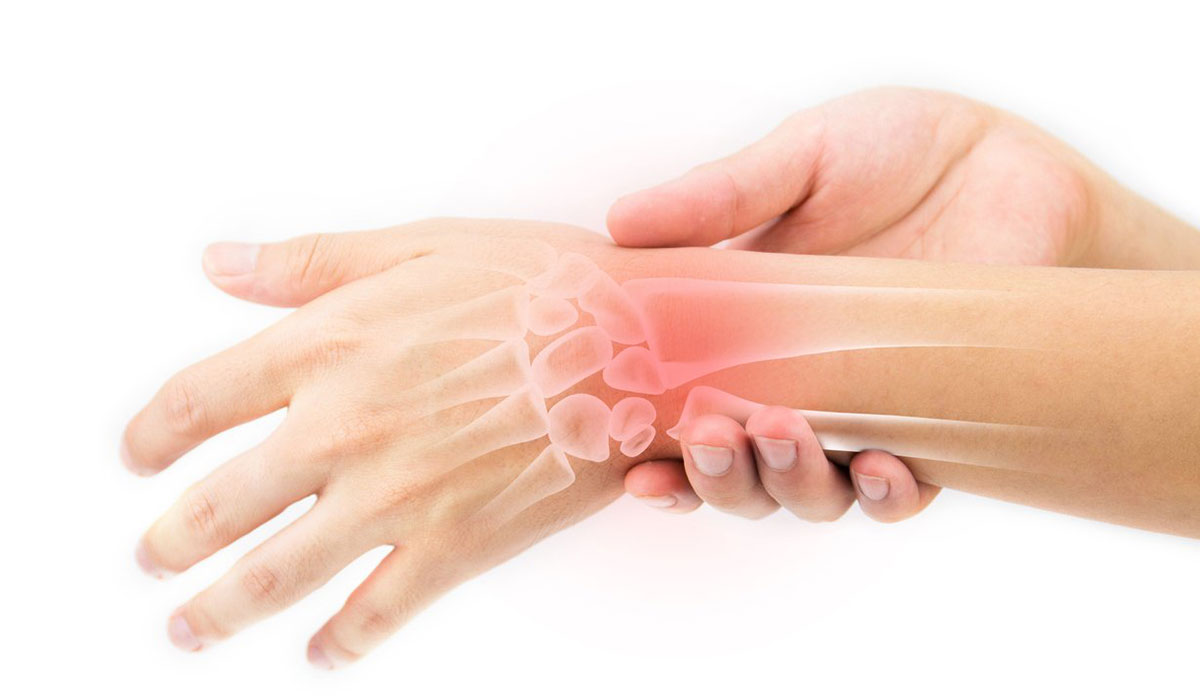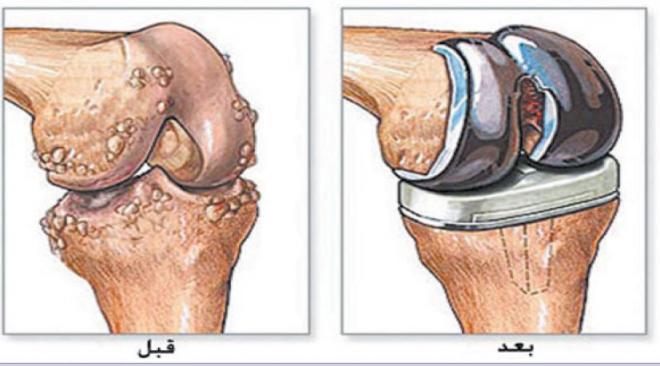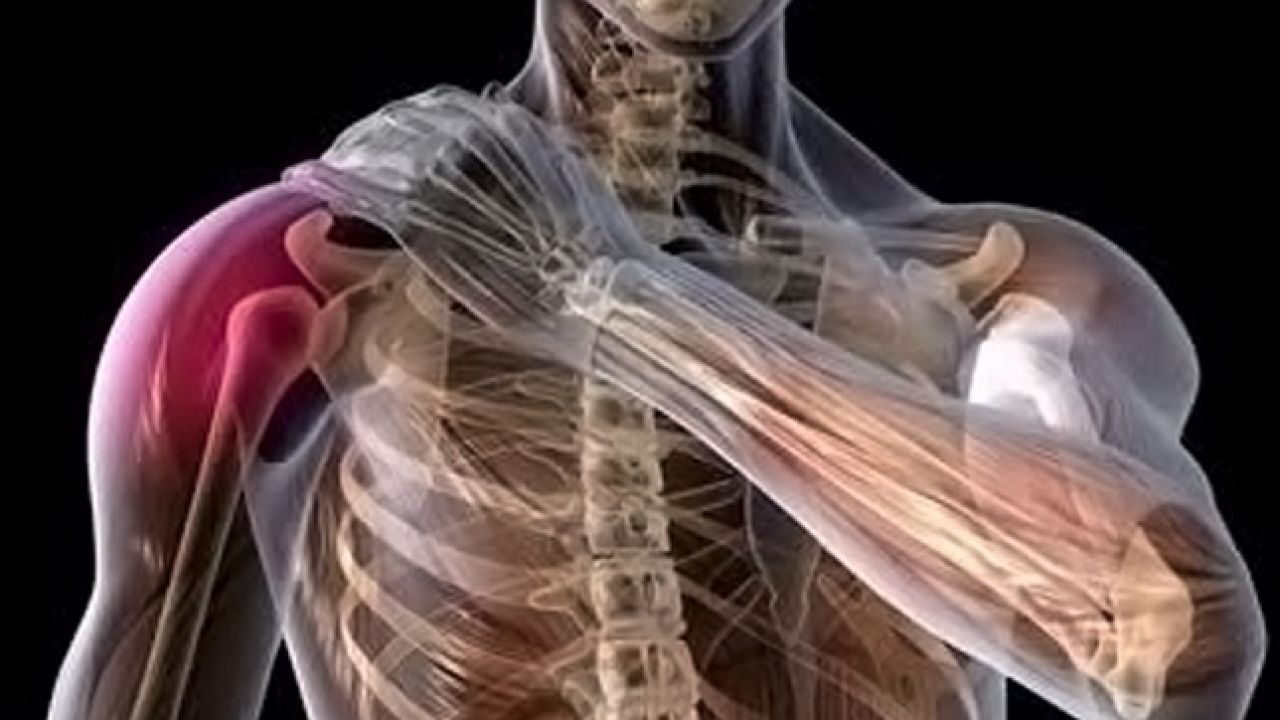!Explore with us the cost of cervical disc surgery in Egypt and the different treatment methods for this problem
Cost of cervical disc operation in Egypt, Slipped cervical discs causes a lot of pain and hampers daily activity. Hence cervical disc surgery information is provided including cost in Egypt and how to reach the best doctor.
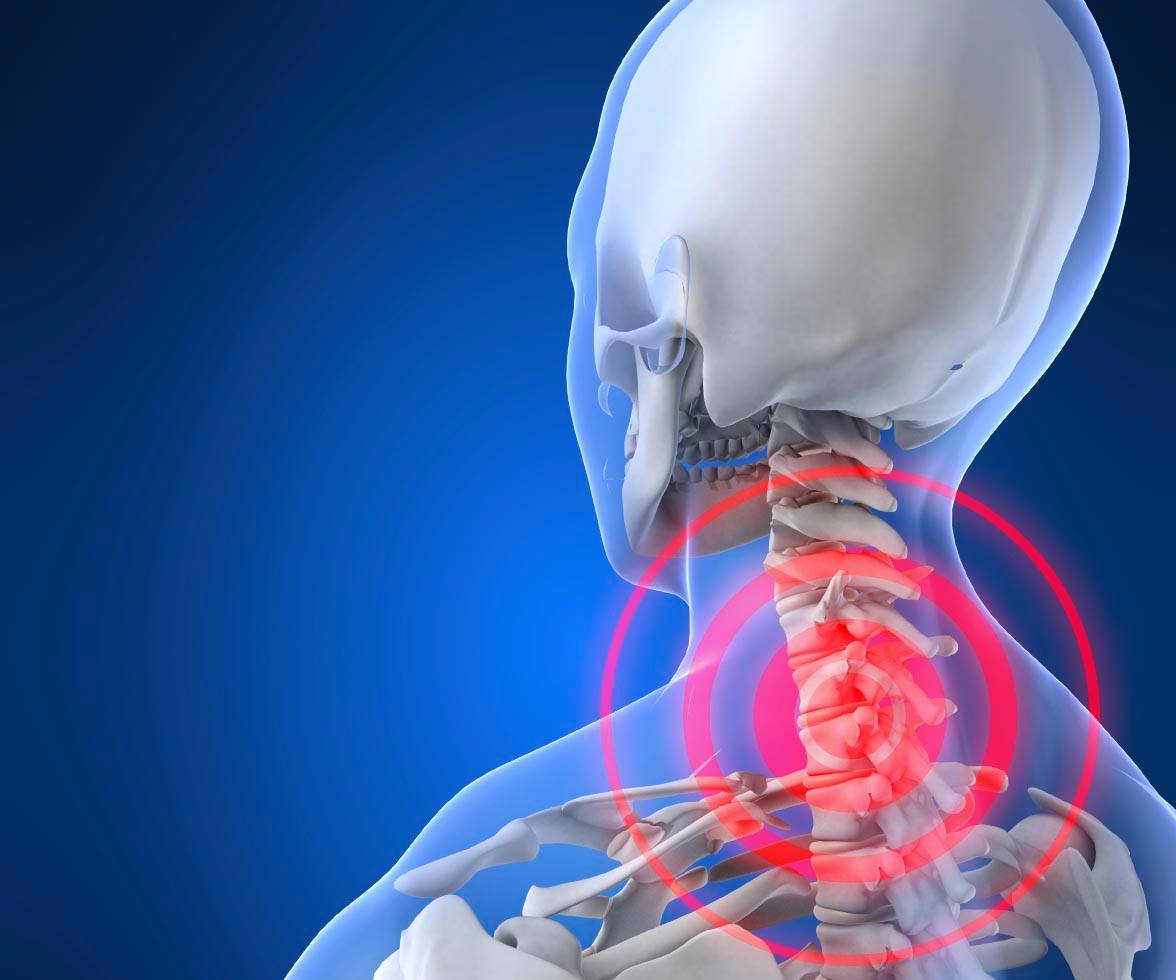
Cost of cervical disc surgery in Egypt
Cervical disc surgery is one of the critical surgical operations required to eliminate some health problems in the neck. The cost of this surgery in Egypt varies depending on several factors. These include the type and complexity of the surgery, the skill and efficiency of the treating physician, and the cost of required medical examinations before surgery.
In general, the cost of cervical disc surgery in Egypt ranges between 30,000 to 80,000 Egyptian pounds. These are estimates that depend on the main factors mentioned above. Although these numbers are not very high, they differ greatly between one doctor and another.
To avoid any surprises in costs and get appropriate healthcare services, it is advisable to talk to the treating physician and ensure all available options and associated costs are clarified. It is also necessary to choose a treating physician with sufficient skill and experience in this critical surgery. You can get rid of neck pain with expert hands – Dr. Amr Amel, a pioneer in cervical disc operations using global techniques.
Is it possible to heal from a cervical disc without surgery?
Many people suffer from cervical disc herniation, which causes a lot of pain and tension in the neck and shoulders. It also causes numbness and tingling in the upper limbs and limited neck mobility. So, is it possible to heal from a cervical disc without surgery?
Yes, it is possible to heal from a cervical disc without surgery by consulting a specialist and following a healthy lifestyle. This includes maintaining proper sitting posture at work and changing daily activities that may increase neck pressure. Also, physiotherapy can be used to improve the condition of the neck and treat cervical discs. Appropriate exercises help improve neck mobility and relieve pain.
It is important to maintain a healthy weight and avoid carrying heavy objects. Quitting smoking also helps improve the condition of the neck and relieve pain. For people who suffer from severe and increasing neck pain, they may need to consult a doctor and use spinal injections or pain relievers to relieve the pain. In some cases, disc herniation treatment injections can be used.
With Dr. Amr Amel, regain your comfort and mobility using the latest cervical disc surgery techniques – treatment that lasts for years.
What is the success rate of cervical disc surgery?
Cervical disc surgery is one of the common surgeries used to treat slipped discs. It has a high success rate of up to 90% when done properly and under the supervision of a specialist. The surgery helps patients improve their condition and reduce pain. They can also return to their normal lives without feeling tired or in pain.
Patients should follow doctors’ advice after the surgery and get complete rest until full recovery. Despite the high success rate of this surgery, factors like disc calcification, pain persistence, and other symptoms may lead to surgery failure. Therefore, patients should consult a specialist and follow their advice regarding slipped disc treatment. Choose comfort and confidence with Dr. Amr Amel for cervical disc treatment – where advanced technology meets superior care.
How does a cervical disc patient sleep?
Many people suffer from cervical disc problems, which causes a lot of pain and fatigue while sleeping. So, sleeping positions should be noted to reduce pain and improve sleep quality. Five recommended sleeping positions help relieve pain and are followed by many patients. Sleeping on the back with the upper body elevated reduces pressure on the neck area and helps improve spinal alignment. A medium-sized pillow can be placed under the head and another for spinal support.
The second position is sleeping on the side with both knees bent slightly together. A pillow can also be used to support the head and neck. The third position combines the previous two by sleeping on the side with a pillow between the knees. This helps open the spaces between the cervical vertebrae and spine. This position is also recommended during pregnancy.
The fourth and fifth positions are combined by sleeping on the back with raised knees and a pillow under the knees, and the fetal position with knees bent towards the chest. If you are a cervical disc herniation patient, it is advisable to try these positions and choose what you feel most comfortable in and reduces pain. Avoid sleeping on the stomach as this increases pressure on the neck area and increases pain and fatigue.

Is it possible to live with a cervical disc?
Cervical disc herniation is a common health problem that affects many people, and many seek ways to live with this disease and get rid of the troubles it causes. Certainly, it is possible to live with a cervical disc if dealt with properly and with regular follow-up visits to a specialist. Daily life quality can certainly be improved and daily activities like sports and work can be practiced normally.
However, it is important to warn patients of the need not to rely on self-treatment or physical exercises without consulting a doctor, not to get frustrated with pain, and not to abandon treatment recommended by the doctor for long periods of time. Patients must also be careful to obtain all detailed information about the disease, including symptoms, risk factors, proper treatment, proper diet, and proper health regime.
In addition, care must be taken not to overwork the neck with wrong movements, and to avoid doing anything that further exposes the neck to pain. It is also necessary to avoid heavy lifting or inappropriate exercise. If the patient follows this advice and adheres to treatment properly, they will certainly be able to live with cervical disc herniation easily and without much impact on their quality of life.
Dr. Amr Amel provides innovative surgical solutions for cervical disc problems, with full commitment to personal care and precision. If you want to learn more about the most important signs of recovery from cervical disc herniation and how to live with it click here.
Is cervical disc surgery dangerous?
Cervical discectomy is one of the surgeries patients most ask about in terms of its dangers and side effects. The answer depends on several factors, such as the surgeon’s competence, the patient’s health condition, and the technology used in the surgery.
In general, cervical discectomy is considered very safe, especially when performed by an experienced and highly qualified medical team. The surgery has many benefits, including improving post-operative pain and weakness. However, some complications can occur if post-operative care instructions are not followed properly, especially the required healing period. These may include bleeding, infection, nerve inflammation and weakness, mobility problems, and other challenges some patients may face.
In general, complications of neck surgeries like this are considered rare or minor, given proper adherence to required care instructions. Still, patients should discuss with their doctors and ensure they understand all aspects of the surgery, and make necessary preparations to avoid any problems in the future.
Unmatched experience in cervical disc operations with Dr. Amr Amel, for results beyond your expectations.
Causes of cervical disc disease
Cervical cartilage is one of the health conditions that negatively affect the quality of life of individuals. Although the side effects associated with cervical cartilage disease can reach the level of the lower spine, it is considered a deficiency in a vital part of the spine. Perhaps the most important causes of cervical cartilage injury are:
- Genetic factor: The genetic factor is perhaps one of the most important factors leading to cervical cartilage injury. When genetic factors combine with other factors, they can have a major impact on the quality of life of individuals.
- Occupations that cause pressure and stress on the neck: Working in occupations such as carpentry, engineering, medicine, teaching, writing for long periods, in an uncomfortable body position is one of the most important factors leading to cervical cartilage injury.
- Incorrect posture while sitting or walking: Sitting for long periods or walking for long periods in an incorrect, uncomfortable body position can lead to cervical cartilage injury.
- Digestive system disorder: Digestive system disorders can lead to cervical cartilage injury. When the digestive system is disturbed, the body sends incorrect neurological signals, causing pressure on the nerves in the neck area, leading to wear and tear of the articular cartilage.
- Sudden movements and repetitive stress injuries: Sudden movements and repetitive stress injuries from lifting heavy loads, sudden falls, shocks, or quickly twisting the upper body can lead to cervical cartilage injury.
Recommended treatments to alleviate cervical cartilage pain include physiotherapy, therapeutic massage, lifestyle changes, and some over-the-counter medications. However, patients should consult their doctor to determine the most appropriate treatment for each patient, so that the best results can be achieved and pain effectively relieved.
What are the symptoms of cervical cartilage?
The symptoms of cervical cartilage are something that many people in society feel. These symptoms can be an indication of health problems that need treatment. To accurately identify these symptoms, we review some key points below:
1- Muscle stiffness and difficulty moving the neck: One of the most common symptoms of cervical cartilage is difficulty moving the neck, or feeling stiff in the muscles. These symptoms may be accompanied by severe pain in the neck.
2- Feeling numb in the neck: Conditions that cause a person to feel numb in the neck are common symptoms of cervical cartilage, and this feeling can be described as a “tingling sensation in the muscles.” This can lead to discomfort and unease.
3- Increasing pain intensity: Pain can worsen with sudden movements such as sneezing, coughing, and moving the head in different directions. This is a common symptom of cervical cartilage.
4- Pain spreading to the shoulders and arms: Many people experience severe neck pain, but this pain can spread to the shoulders and arms. These symptoms may indicate injury to one of these vertebrae in the neck.
5- Difficulty walking or standing for long periods: Some may have difficulty walking or standing for long periods due to neck pain associated with cervical cartilage.
6- Numbness and numbness in the arms or hand: Some patients with cervical cartilage complain of numbness and numbness in the arms or hands. This sensation can affect the ability to perform daily activities normally.
7- Difficulty walking and loss of motor control: Some may have difficulty walking normally, but it can reach the point of losing motor control and falling.
8- Difficulty controlling the bladder: Difficulty controlling the bladder is one of the side effects of cervical cartilage, which some patients feel as dysuria.
You can learn more details about neck pain and symptoms of cervical disc herniation by reading this article.

Cervical cartilage treatment methods
Cervical cartilage pain is one of the most common pains felt by many people, and these pains need effective treatment to get rid of them. Fortunately, there are several ways to help treat cervical cartilage, and in this article we will discuss the most important of these methods.
- Use of painkillers: It is possible to use opioid painkillers such as hydrocodone to relieve pain from cervical cartilage.
- Steroid injections: Steroid injections such as prednisone can be used to reduce inflammation and relieve pain.
- Anti-inflammatories: The condition of cervical cartilage can be improved by using non-steroidal anti-inflammatory drugs such as diclofenac.
- Muscle relaxants: The possibility of using muscle relaxants such as cyclobenzaprine to relieve muscle spasms in the neck.
- Antiepileptic drugs: Working to use anticonvulsants such as gabapentin in case of nerve damage.
- Epidural injection: Getting treatment by injection into and around inflamed nerve roots.
- Physiotherapy: Physiotherapy techniques vary, including: mobility exercises, strengthening exercises, ice, heat, ultrasound, stimulative therapy.
- Use a suitable pillow: Sleeping on the right pillow under the head and neck reduces the likelihood of neck pain.
- Load on the leg muscles: When lifting heavy objects, the load should be placed on the leg muscles instead of the back and neck muscles.
- Use cold or warm compresses: Be sure to use cold or warm water compresses for 20 minutes several times a day, which in turn relaxes the muscles and promotes blood flow to the area.
- Epidural injection using a catheter: In this method, a group of drugs is injected into the epidural space using a catheter.
- Avoid lifting heavy objects: It is important to avoid lifting heavy objects and sudden lateral movements to maintain neck health.
Therefore, any of these methods can be used to treat cervical cartilage without the need for surgery. However, patients should contact their doctor before using any of these methods and consult them to benefit from the appropriate diagnosis and effective treatment.
Tips after cervical disc surgery
To treat disc dysfunction resulting from factors such as physical and psychological stress, surgery may be necessary to relieve neck pain. If you have responded to this annoying condition, it is important to immediately take the right steps to ensure your recovery as quickly as possible and in the optimal manner.
- Start physical therapy a few weeks after surgery: You have to wait as long as necessary for the surgeon to completely treat the pain and you will be directed to the plan of exercises and athletic exercises that must be performed regularly. Physical therapy helps improve movement and reduce pain.
- Consult your doctor in case of numbness and anesthesia: If you feel any other pains or numbness, you must consult your doctor immediately for measures of performing certain movements and exercises, according to specific studies.
- Follow a healthy diet: You should eat healthy food in addition to avoiding smoking and alcohol. Vegetables and fruits can be added to your diet to improve the body’s recovery process.
- Avoid sudden movements: You should not engage in intense activities or sudden movements after the operation, so as not to harm the neck or cause any pain.
- Avoid work, driving and lifting heavy objects: You must avoid difficult movements and heavy lifting immediately after the operation. And you should rest when you feel tired, and do not try to do anything that affects the speed of your recovery.
- Take painkillers regularly: You need to take painkillers regularly to reduce pain after surgery. But you must make sure to take the dose prescribed by the doctor.
- Wear a supportive neck collar: In the first few days after surgery, the patient must wear a supportive neck collar to maintain stability for the spine.
- Practice light exercises: Light physical exercise improves overall health and stimulates muscles and nerves. It can cause cervical disc injury, even if you don’t feel any pain.

The best doctor for cervical disc surgery in Nasr City
Many medical sources indicate that Dr. Amr Aml is the best doctor in Nasr City to perform cervical disc surgery. Dr. Amro has high skills and extensive experience in this field, as he is a specialist surgeon in bone and joint surgery, and is characterized by efficiency and durability in performing surgical operations.
Dr. Amro is one of the most famous doctors in Egypt, as he is famous for his expertise and efficiency in performing fracture fixation surgeries using the latest medical techniques. Dr. Amro has gained the trust of many patients, and has received many positive evaluations from patients and colleagues. Dr. Amro also provides medical care to patients with bone and joint diseases and hand surgery, and patients receive treatment through a set of effective procedures that help relieve pain and improve mobility.




